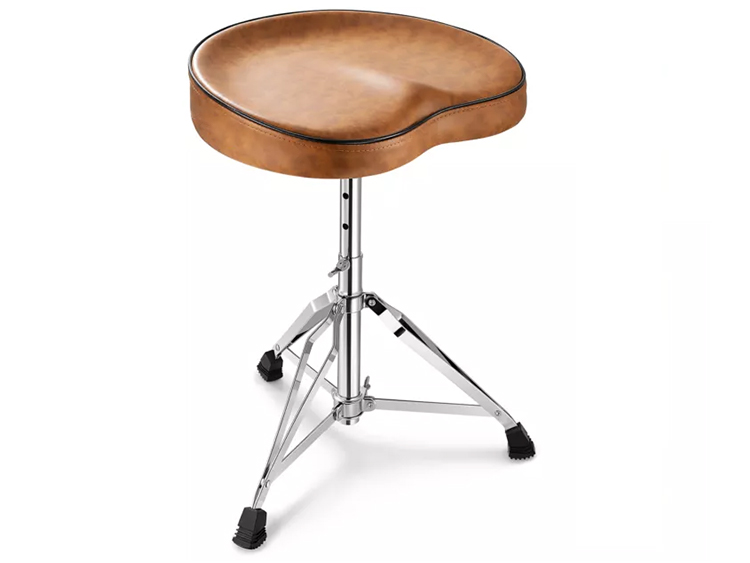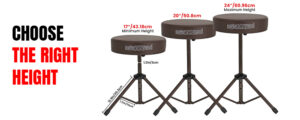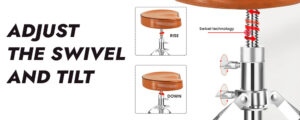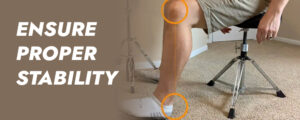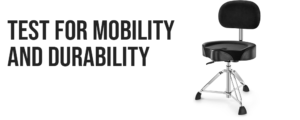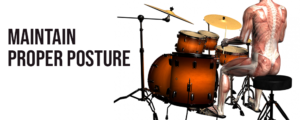A drum throne is more than just a seat; it’s a crucial component for any drummer aiming to achieve peak performance and avoid strain during long sessions. Using it correctly ensures maximum comfort, support, and stability. Here’s a guide on how to make the most of your drum throne.
1. Choose the Right Height
The height of your drum throne is a critical factor for comfort. When seated:
- Your thighs should be parallel to the ground or slightly angled downward.
- Your feet should rest flat on the floor or pedals without straining.
- Adjust the height until your knees are at a natural angle, preventing overextension or cramping.
2. Adjust the Swivel and Tilt
Modern drum thrones often come with swivel and tilt options to enhance mobility and posture.
- Use the swivel feature to move smoothly between different parts of your drum kit.
- If tilt adjustment is available, angle the seat slightly forward to maintain a straight back and reduce lower back strain.
3. Find the Perfect Seat Cushion
Seat comfort varies based on the type of cushion. Options include:
- Memory Foam: Provides custom support by molding to your body shape.
- Gel Padding: Excellent for shock absorption and long sessions.
- Round or Saddle Shape: Choose based on your comfort preference; saddle seats often promote better posture.
4. Ensure Proper Stability
A stable drum throne is essential for maintaining balance and control. Check:
- The legs for a wide, solid base to prevent wobbling.
- Rubber feet for grip on various surfaces.
- Secure all screws and adjustments before playing.
5. Incorporate Backrests if Needed
For drummers who play extended gigs or practice for hours, a backrest can provide additional lumbar support. Ensure the backrest doesn’t restrict your range of motion but offers support when needed.
6. Position for Easy Reach
Place your drum throne at the center of your kit:
- Ensure all drum components and pedals are within easy reach.
- Avoid stretching or twisting excessively, which can lead to discomfort or injury.
7. Test for Mobility and Durability
Before committing to a drum throne, test its:
- Swivel action for smoothness.
- Durability by checking the quality of materials and weight capacity.
- Portability if you need to transport it frequently.
8. Maintain Proper Posture
Good posture is key to avoiding fatigue and strain:
- Sit with your back straight and shoulders relaxed.
- Keep your core engaged to support your spine.
- Avoid slouching or leaning too far forward.
9. Regular Maintenance
To ensure your drum throne stays in top condition:
- Tighten all screws and bolts periodically.
- Clean the seat and legs to prevent wear and tear.
- Check for any signs of damage or instability.
10. Listen to Your Body
Lastly, always pay attention to your comfort levels. If you experience pain or discomfort, reassess your setup and make necessary adjustments.
Conclusion
A well-adjusted drum throne can make all the difference in your drumming experience. By focusing on height, stability, and posture, you can play comfortably for hours and perform at your best. Invest time in setting up your drum throne correctly, and your body will thank you with improved endurance and reduced strain.

